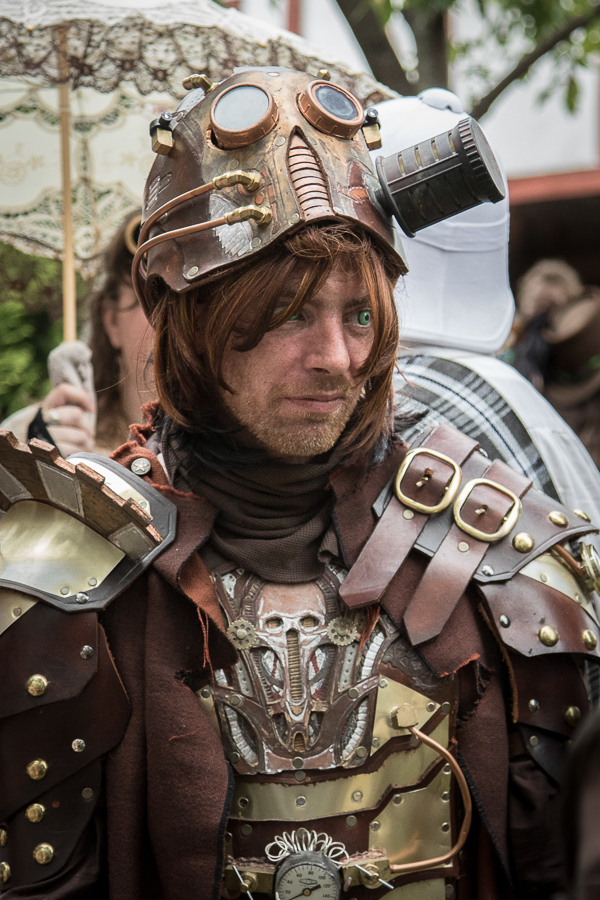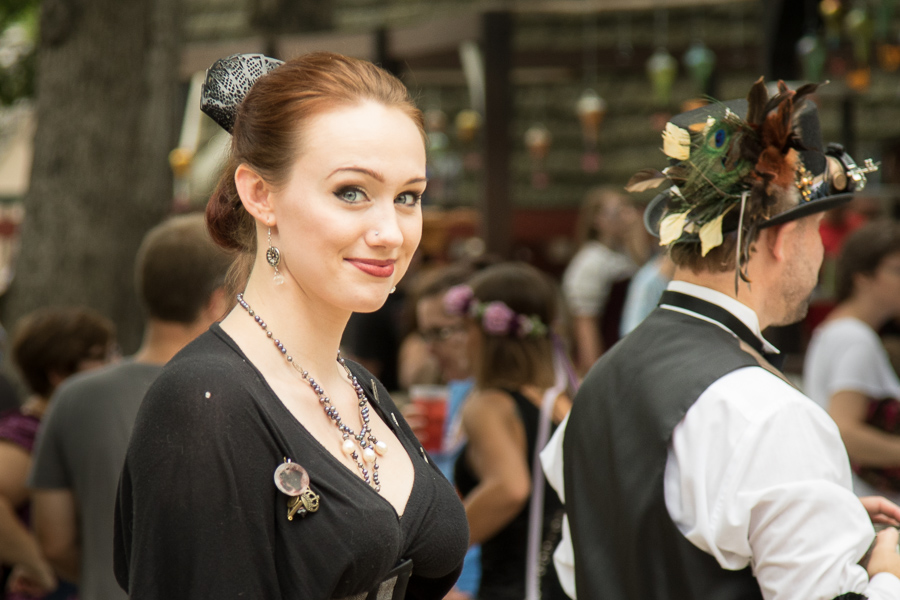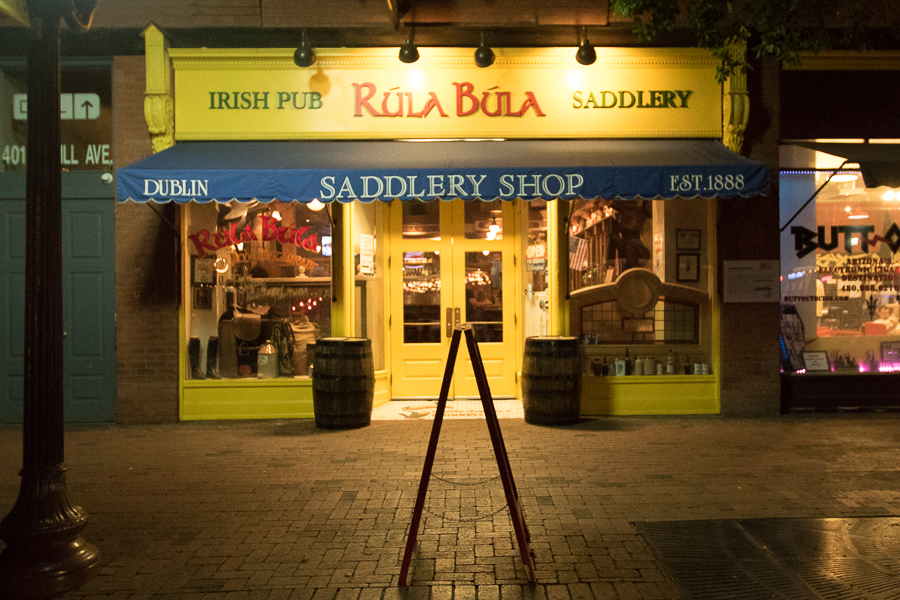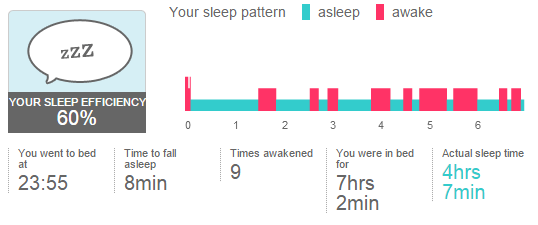Every year, Beloit College in northern Illinois prepares its "Mindset List," trying to prepare the faculty for the way the new first-years think. This year's class:
...are mostly 18 and were born in 1997.
Since they have been on the planet:
3. They have never licked a postage stamp.
6. Hong Kong has always been under Chinese rule.
17. If you say “around the turn of the century,” they may well ask you, “which one?”
32. The Lion King has always been on Broadway.
47. They had no idea how fortunate they were to enjoy the final four years of Federal budget surpluses.
50. ...and there has always been a Beloit College Mindset List.
This year's list also includes some translations from 2015-era teenager argot into standard English.
Problem: my keyboard suddenly wouldn't respond to the left-shift, enter, 3 or F5 keys. No idea why this is. Tested with mskey.exe, tested on another machine...still those four keys aren't working.
Solution: Get a new keyboard. Walk 10 minutes to Staples, find the same make and model, buy it, return to office.
New problem: New keyboard's spacebar is broken.
When I say "rinse and repeat" I mean that when heading back from Staples—this is the Chicago Loop, so one walks everywhere—it started to rain. Which is good, because the dewpoint is about infinity.
Now I'm cranky, damp, hot, and tired (which was a pre-existing condition today), and unproductive.
Waaah.
After not going to a Renaissance Faire in so long I don't even remember my last visit, it was fun going three times this summer, each with a different group of people. Yesterday was Steampunk Invasion, which attracted crowds one of the more regular Faire attendees in our group called "epic."
Great costumes though:


I didn't do real costumes myself this season, but I have been informed that next season, there will be a costume, oh yes, there will. This should be interesting...
My friend Sara, who has a Ph.D. in psychology, wrote in her blog today about dreaming's influence on inspiration, and incidentally why psychoanalysis isn't science:
REM (dream) sleep specifically is associated with increased abstract reasoning as well as increasing the strength of normally weak associations in the brain (see here). What that means is, two different things that your waking brain might not even see a connection between could become associated rather easily in a dream. Our brain does this kind of linking (neural networking) naturally, and it's a great way to learn new things - by connecting new knowledge you need to memorize to something you already know. Just as you can connect any actor to Kevin Bacon, you can connect any concept in your brain to another. Some connections are more direct than others.
Of course, Freud and other psychoanalytic theorists would state that these strange juxtapositions are simply your subconscious trying to work out any conflicts you're having in your life. In fact, pretty much everything goes back to this idea of the subconscious, at least for psychoanalysts.
Why do we need ... theory and hypothesis if Freud's and other psychoanalysts' theories can sum much of this up, in a neat, Oedipus-complex-themed package? After all, parsimony is an important aspect of science - the simplest explanation tends to be the best one, in the absence of evidence to support one over the other.
But that's the thing - the various social psychological theories outlined above have just that: evidence. Specifically empirical evidence, which is pretty important for science, something I've also blogged about before. In fact, psychoanalytic theories lack the basic ingredients that make them at all scientific: the ability to test these concepts (we call this 'testability') and, if they are false, demonstrate that (we call this 'falsifiability'). If there really are subconscious forces operating in your brain, trying to give you glimpses of what's really bothering you (latent content) but hiding behind symbolism (manifest content), how would we even begin to test this? After all, they're subconscious. But for social psychological theories, such as priming, we may know what evidence we would observe if priming happened and what we would observe if it isn't happening.
You can read Sara's other thoughts on psychology and horror movies at Deeply Trivial.
We're working on a software release this week which seems to have absorbed all my free creativity. So I will leave you with this random tweet I discovered today:
Sometimes it takes a while for me to pull things off my phone, like this photo from Pentatonix' show at Allstate Arena last Saturday:

Funny thing about that: when we found our original seats, in the last row way above stage right, our view of the stage was blocked by a temporary platform directly next to us. An usher came by and handed us 10th-row seats directly below us. Nice upgrade.
While in Phoenix, I took an unscheduled side-trip to Rúla Búla in Tempe:

The bar features prominently in Kevin Hearne's Iron Druid series, which one of my oldest surviving friends turned me on to about a year ago. In the series, the protagonist frequents the bar, including at one point to buy a shot for Jesus. (Yes, that Jesus, in one of the funniest scenes in the novels.)
Since I was only 18 km away, I just had to make a field trip. I did not, alas, have the fabled fish and chips, so I'll never know if they're better than the Duke's.
Louise Brown, the first test-tube baby, is 38:
On this day in 1978, Louise Joy Brown, the world’s first baby to be conceived via in vitro fertilization (IVF) is born at Oldham and District General Hospital in Manchester, England, to parents Lesley and Peter Brown. The healthy baby was delivered shortly before midnight by caesarean section and weighed in at five pounds, 12 ounces.
Before giving birth to Louise, Lesley Brown had suffered years of infertility due to blocked fallopian tubes. In November 1977, she underwent the then-experimental IVF procedure. A mature egg was removed from one of her ovaries and combined in a laboratory dish with her husband’s sperm to form an embryo. The embryo then was implanted into her uterus a few days later. Her IVF doctors, British gynecologist Patrick Steptoe and scientist Robert Edwards, had begun their pioneering collaboration a decade earlier. Once the media learned of the pregnancy, the Browns faced intense public scrutiny. Louise’s birth made headlines around the world and raised various legal and ethical questions.
So far, more than five million babies have been born through IVF.
Yesterday was almost entirely spent going up to the Bristol Renaissance Faire for its opening weekend. We had a lot of fun, ate more food (and more salt) than was probably healthy, and returned from the frozen North with squeaky cheese curds.
Of course, all that fun, sun, and driving requires about a day to clear out of my system. The symptoms of this clearing include following random Wiki threads, thinking about doing basic activities for unusually long times before doing them, and arranging my day so that I can put off shaving until absolutely necessary. This is why we don't usually go to Ren Faire on Sunday.
OK, I think the Fitbit "sensitive" sleep setting has to go. Last night, I know I slept for longer than my Fitbit believes I did:

I think it's interpreting very slight arm movements as actual restlessness, whereas it used to ignore most of them. If I'd only gotten four hours of sleep last night, I'd have crashed at my desk already.
I'm setting it back to "normal" sensitivity now. Let's see what it shows tomorrow.